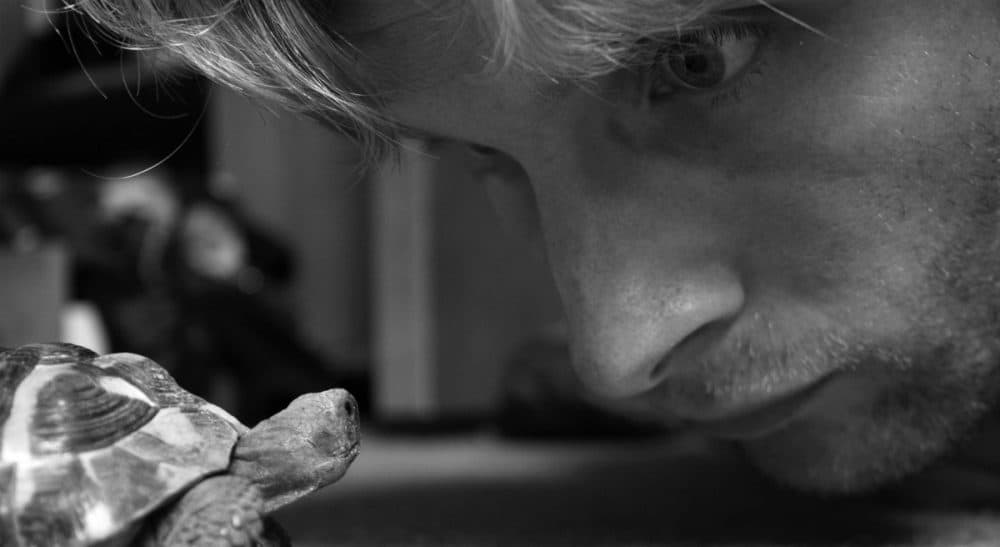Advertisement
What Is Behind The Power Of A Stare?

As a writer who composes in coffee shops, I have a habit of staring into space as I search for a word that eludes me. Until recently, I failed to notice that my mindless gaze was making anyone who happened to be at the end of my visual trajectory squirm like a pinned insect.
...I failed to notice that my mindless gaze was making anyone who happened to be at the end of my visual trajectory squirm like a pinned insect.
I ought to know what it feels like to be stared at. When I had surgery for cataracts and, later, skin cancer, children would peer at me and say, “Daddy, what happened to that lady’s eye?” or, “What’s wrong with her mouth?” I didn’t mind those youngsters’ fixed looks and frank questions. But I do mind adult stares: they know that gawking is rude.
Unlike me, some people constantly experience one-way scrutiny: buxom women, men wearing turbans or dreadlocks, people with dwarfism, transgender individuals, Iraq War vets who have lost limbs, Muslim women in traditional garb.
And people whose skin color doesn’t match that of the rest of their family, or whose family doesn’t look like the majority of families in their town.
My friend’s pre-teen, adopted from China and now living in a largely white town, can easily tell whether someone is staring at her out of admiration at her pretty outfit or because, as she put it to me, “it’s as if I’m not just like everyone else.”
What is behind the power of a stare?
French philosopher Frantz Fanon wrote about the one-way “white gaze” that turns a person of color into an inanimate object, while German sociologist Georg Simmel wrote about “the mutual glance” between two people that acknowledges shared humanity. And Jean-Paul Sartre theorized that “the gaze of another” can have the effect of robbing us of our inherent freedom.
During our country’s 250 years of slavery and the 90 years of Jim Crow that followed, if an unfree person tried to assert that “inherent freedom” by exchanging a direct look at a slave master or other white person, he or she could whipped or lynched for acting “uppity.”
Advertisement
Maybe that’s why, now, direct eye contact can feel like a basic right: an assertion of autonomy, of self-respect.
On the other hand, an abrupt look away can make a person feel disrespected. People with discernible disabilities know this well. Eye contact assumptions played a part in the civil unrest in Los Angeles after a jury failed to indict police charged with the brutal beating of Rodney King in 1991. In the riots that followed, blacks and Latinos targeted Korean businesses, in part because they felt disrespected by shop owners who served them with eyes averted. They did not realize that, in Korean culture, direct eye contact, mutual or one-way, is considered disrespectful.
...direct eye contact can feel like a basic right: an assertion of autonomy, of self-respect.
A stare is not the same as a slur, a sneer or a slap. Nor is it a refusal to give you a job or a mortgage. Yet we can’t deny its power to disturb, to discount and to demean.
In the past, I didn’t notice the discomfiting effect of my unintentional habit. Now, newly aware of its impact on those at the end of a stare, I catch myself. These days, when I gaze into space as I write in coffee shops, I aim my prolonged regard upwards, to the ceiling, not toward a fellow coffee drinker. The strangers I used to accost with my gaze can relax again, being treated like human beings, not like insensate bugs under glass.
